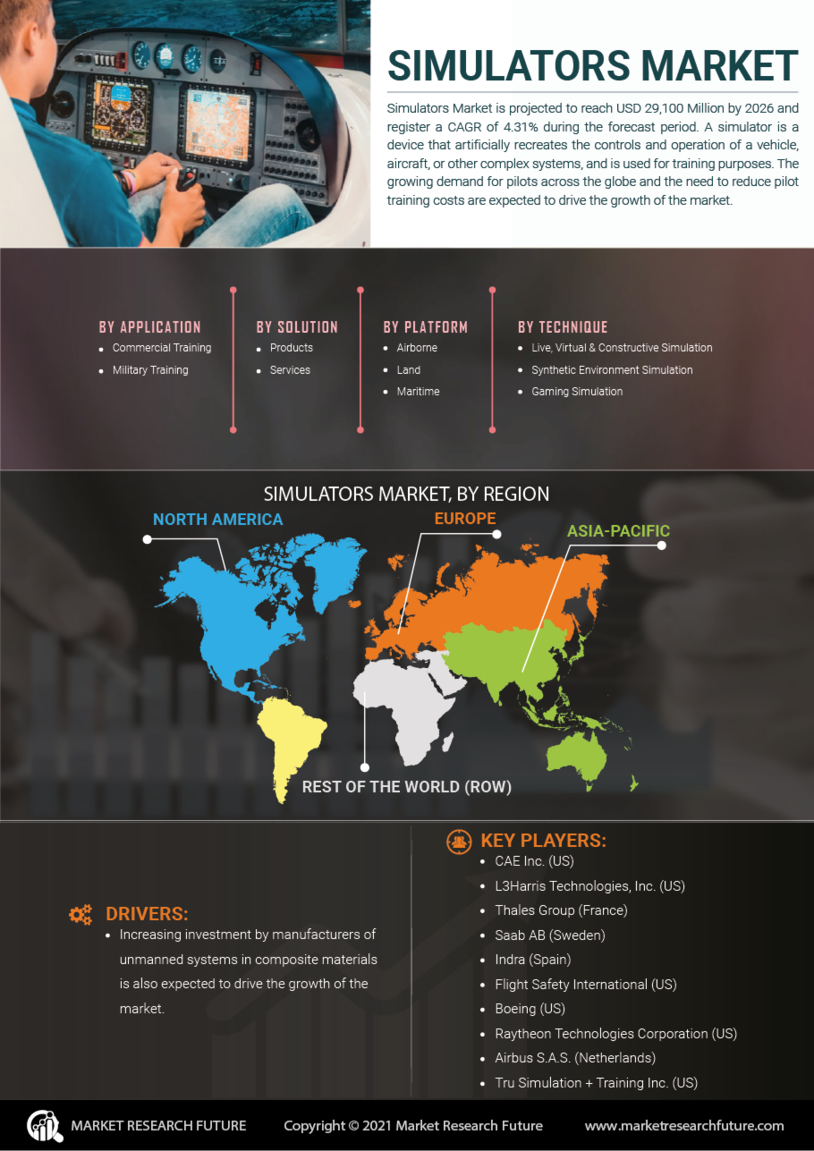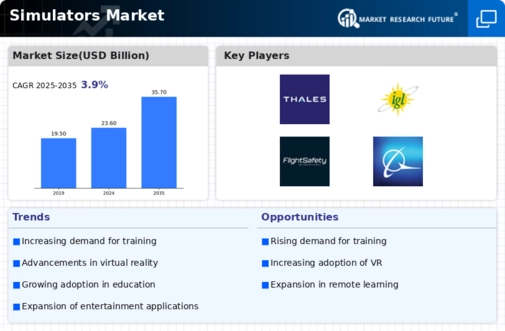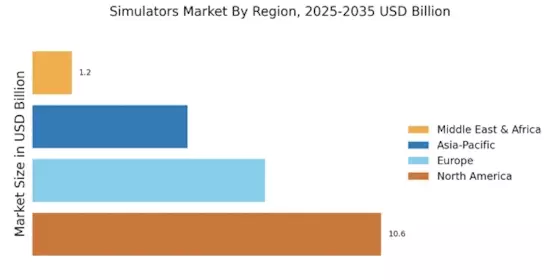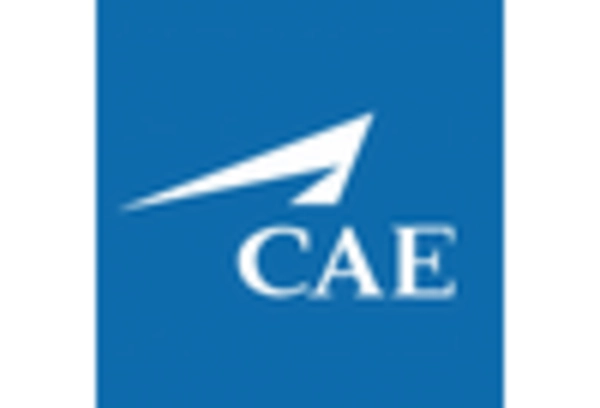Leading market players are investing heavily in research and development in order to expand their product lines, which will help the simulators market, grow even more. Market participants are also undertaking a variety of strategic activities to expand their footprint, with important market developments including new product launches, contractual agreements, mergers and acquisitions, higher investments, and collaboration with other organizations. To expand and survive in a more competitive and rising market climate, simulators industry must offer cost-effective items.
Manufacturing locally to minimize operational costs is one of the key business tactics used by manufacturers in the simulators industry to benefit clients and increase the market sector. In recent years, the simulators industry has offered some of the most significant advantages to market. Major players in the weight loss products market attempting to increase market demand by investing in research and development operations include CAE Inc. (US), L3Harris Technologies Inc. (US), Thales Group (France), Saab AB (Sweden), Indra (Spain), Flight Safety International (US), Boeing (US), Raytheon Technologies Corporation (US), Airbus S.A.S. (Netherlands), and Tru Simulation + Training Inc. (US).
L3Harris Technologies Inc. offers goods and services in the cyber, space, air, and maritime sectors. The business provides integrated mission, aviation, space, and airborne systems and communication systems. Additionally, it offers mission-critical infrastructure communications and networking solutions as well as services for both commercial and military pilot training. In January 2022, a new A320ceo full flight simulator will be provided by L3Harris to Pakistan International Airlines (PIA) for the airline's training facility in Karachi, per the latter company's contract inked with PIA.
It will be the first RealitySevenE simulator delivered in the MEASA region when the company delivers an Airbus A320ceo FFS to the PIA training facility in Karachi.
Airbus SE's areas of expertise are Aeronautics, defense, and space-related services. The company produces commercial aircraft, passenger aircraft, helicopters, business jets, unmanned aerial systems, and cargo aircraft. Additionally, Airbus provides special mission aircraft, medium and light military transport aircraft, as well as civil and parabolic helicopters. The business also offers space services, designing, producing, and launching satellites and orbital equipment. Additionally, it provides training, flying operations, upgrades, and maintenance services.
In May 2022, the Royal Air Force will receive a second full-flight simulator for the Airbus A400M military transport aircraft thanks to a multimillion-pound contract that Airbus Defense and Space gave Thales. Reducing the number of hours spent on actual aircraft flight training is made possible by the A400M simulator's realistic training capabilities.


















Leave a Comment